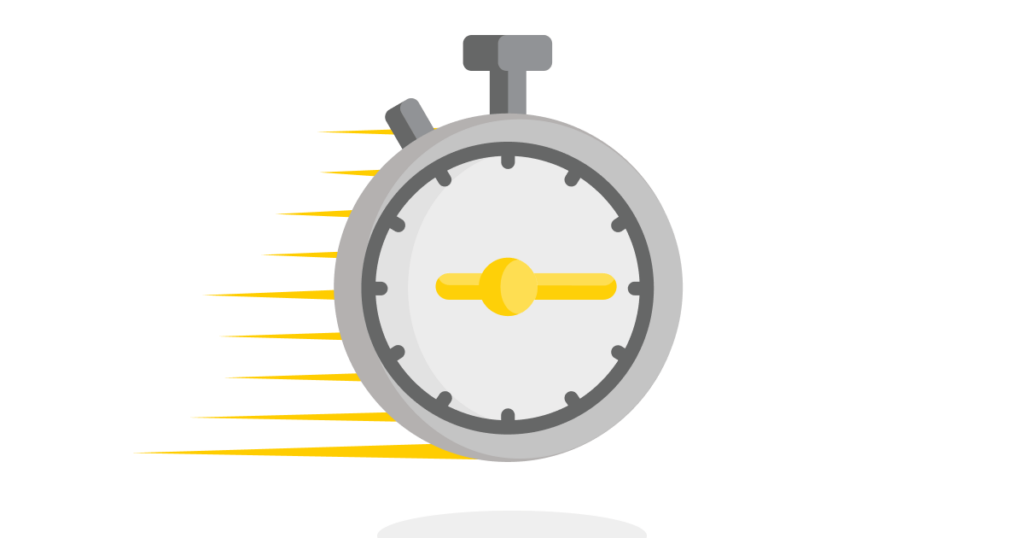If you’ve been playing by the rules and saving regularly, keeping your money in the bank and trusting traditional financial institutions, you’re not alone. It’s what many of us were taught to do. But there’s a growing sense of frustration as many people are kept in a kind of financial limbo: despite years of effort, no real wealth progress, and a growing sense of falling behind.
It begs the question: Is the system built to help you, or to use you?
What is institutional money, really?
Institutional money refers to funds managed and controlled by banks, central authorities, investment houses and pension schemes. When you deposit your money in a bank, it doesn’t sit in a vault with your name on it. That money is used (loaned, invested, leveraged) to support the wider goals of the institution. You might earn a little interest, but the real profits are being made by those holding the reins.
To be clear, these are not necessarily bad actors – they are doing exactly what delivers value to their shareholders and drives business outcomes. The upstream issue is the system which prioritises growth and profits over individual benefit, and everyday savers end up as passive participants in a financial machine that’s built to serve itself.
The hidden costs of ‘safe’ savings
Banks promote savings accounts as secure and sensible. Secure they may be, but ‘sensible’ is questionable to say the least – that security comes with a cost in the form of low returns. At a grand scale it’s a social contract that can make sense: people put their money into bank accounts, banks loan that money out, enabling individuals and business to use that money to drive the economy, taxes are taken along the way, and all that money growth is beneficial for the whole of society. However, that social contract has well and truly been ripped to pieces when banks reap Billions in profit whilst your bank account interest rates hover near inflation levels (or below them), resulting in your wealth being steadily eroded. It’s an insidious erosion of your past, present and future, and it’s deeply wrong (want to know how the pound is being eroded, read our blog here).
Then there’s the abusive restriction of access to YOUR money. From transaction limits to delays in moving your own money, the fine print often means you’re not as in control as you thought. And if things take a turn for the worse, banks can limit access completely.
For savers who want wealth-security, sovereignty, flexibility, responsiveness and independence, the traditional banking model often falls short.
Why everyday savers are looking elsewhere
There’s a quiet shift happening. Increasingly, ‘regular’ people are exploring options beyond the high street. They’re asking new questions:
- What backs my money?
- Who controls it?
- Can my savings growth outpace inflation?
- Can I access it when I need it?
They’re not looking for high-stakes speculation or risky ventures – they’re simply looking for alternatives that put them first.
This doesn’t have to mean rejecting the system. It means recognising its limits and supplementing it with choices that offer more control. Assets like gold, for example, don’t rely on institutional promises. They carry value because of their intrinsic properties, not because someone in a boardroom says so.
Financial sovereignty is more than a fad
Financial sovereignty is the ability to decide how and where your money is stored, accessed and used.
It means not having to ask permission to use your own funds.
It means knowing your money is only yours.
It means knowing your money’s value is based on something tangible.
When you put your money into a traditional account, you’re often giving up that sovereignty. You may not realise it, but you’re trusting someone else’s rules, restrictions and agenda. And if things go wrong (be it market shocks, regulatory changes or institutional failures), you’re left hoping your protections hold.
Contrast that with asset-based alternatives. Gold, for instance, has served as a reliable store of value for thousands of years. Its value isn’t dictated by a single government or institution. It’s global. It’s physical. It doesn’t vanish with a market correction or policy change.
The power of transparent money
What people want isn’t just safety, important as that is. They want increased transparency through knowing where their money is, what it’s doing, and how they can access it. That’s why interest is growing in platforms that offer asset-based savings with real-time visibility and easy access.
For many, the ideal scenario is to keep their savings in a physical asset with the flexibility to spend it just as easily as a more traditional account, but not subject to the whims of a central bank.
This blends the best of both worlds: the heritage of physical assets with the convenience of modern banking.
Institutional money doesn’t fail by accident
When we say institutional money ‘fails’ everyday Brits, we’re not talking about catastrophic collapse. It’s subtler than that. It’s the slow grind of low returns, inflation creep, hidden fees and restricted access.
It’s being told that 0.5% interest is a reward. It’s watching your purchasing power slip away without anyone taking responsibility.
These failures aren’t headline news. But they’re felt: at the supermarket, on your energy bill, in your future plans. They’re what push people to look for better answers, not because they’re rebels, but because they’re realists.
What can you do about it?
Taking back control doesn’t require a total upheaval. It starts with awareness. Ask questions. Look at where your money is held and how it behaves. Compare alternatives. Is your money working for you, or for someone else?
You don’t need to abandon traditional savings altogether – simply consider how diversifying into tangible, asset-based options could give you more confidence, stability, and control.
Sovereignty isn’t rejecting the system: it’s making sure it doesn’t reject you.
What next?
You can protect your wealth and assert your financial independence by understanding the role of institutional money, recognising its limitations and exploring practical alternatives.
True control over your savings isn’t a luxury. It’s a choice. One that more people are making, one account at a time. Find out more at TallyMoney.








